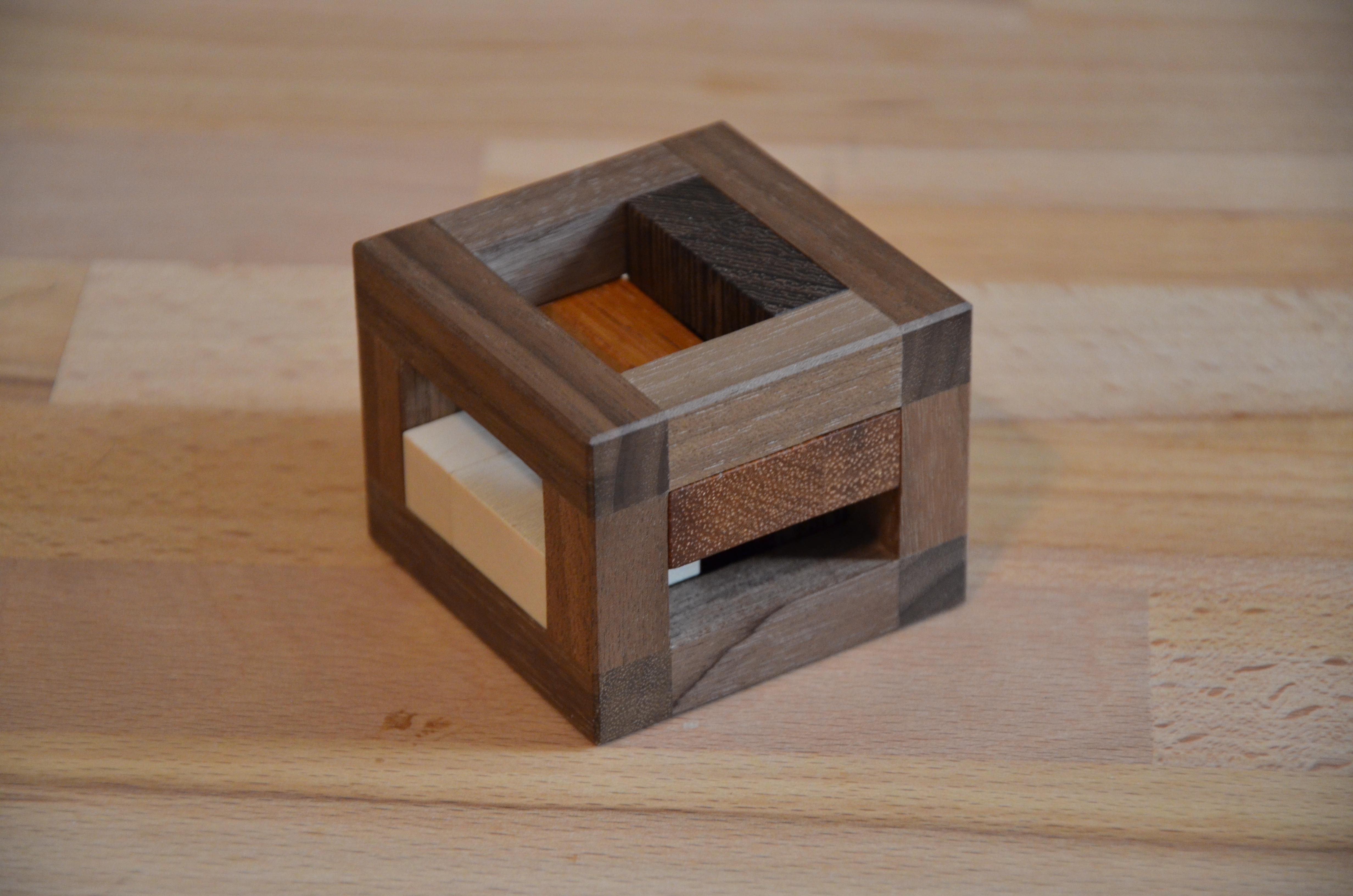Burr Puzzle
-
Read More: TRIAD – Osanori YamamotoThis week, I have Triad, designed by Osanori Yamamoto and built by Jakub Dvorak of…
-
Read More: Okto Cube – Yavuz DemirhanToday, we have another beauty from Eric over at Cubicdissection.com. This one is called Okto…
-
Read More: Two Face 3 – Alfons EyckmansThis week, I have another fantastic burr puzzle created by Eric Fuller and designed by…
-
Read More: Prison Burr – Stephane ChomineAh, the Prison Burr, another fine creation constructed by the fine folks at Cubicdissection. Did…
-
Read More: Aquarius+ – Stephane ChomineOk. tonight I have the Aquarius+ designed by Stephane Chomine and crafted by Cubic Dissection.…
-
Read More: Wourie – Alfons EyckmansI am excited about this one – “Wourie” is a puzzle designed by Alfons Eyckmans…
-
Read More: Funzzle – GammaAhh, another Funzzle puzzle. This time, its the Gamma. This one looks fairly complex and…
-
Read More: Funzzle EpsilonI’ve had the Funzzle Epsilon sitting in a box for a few weeks and last…







